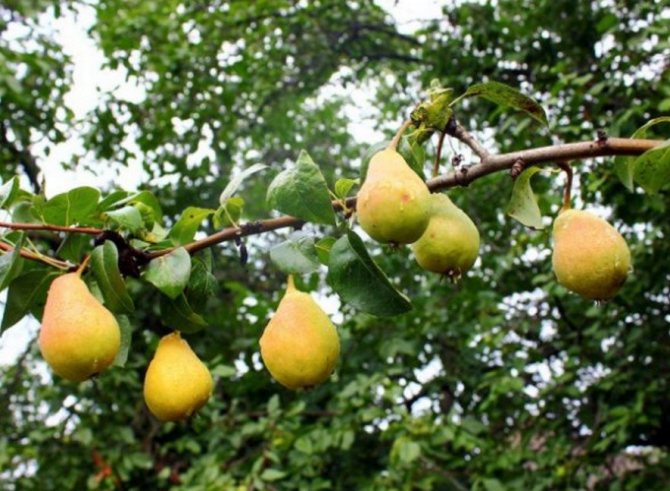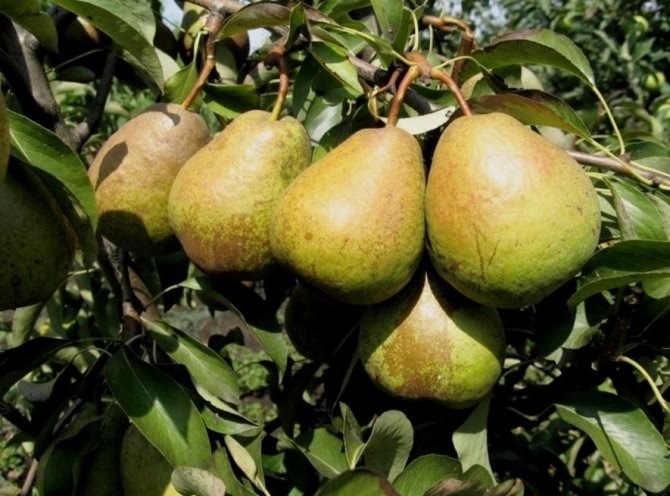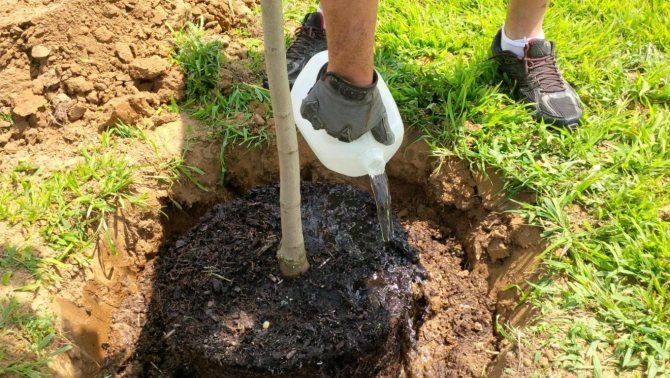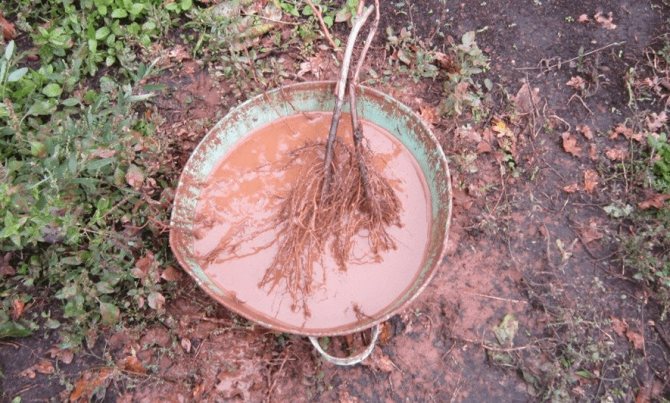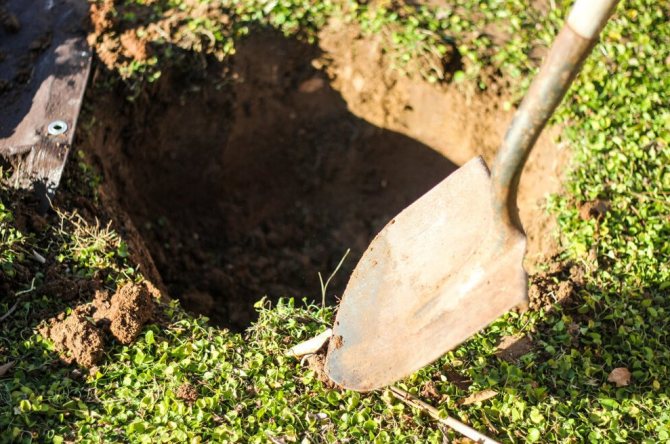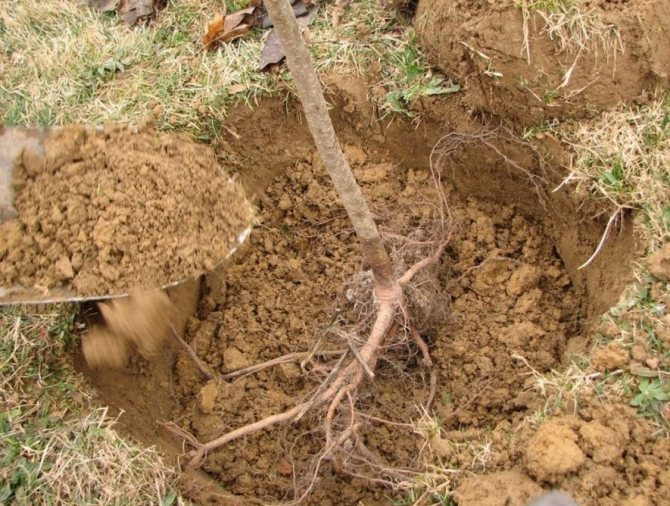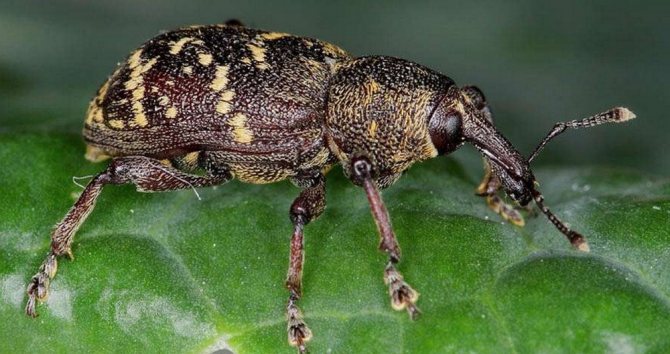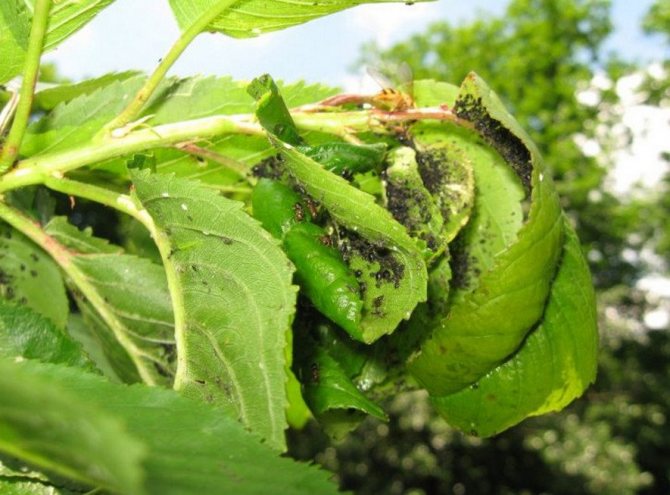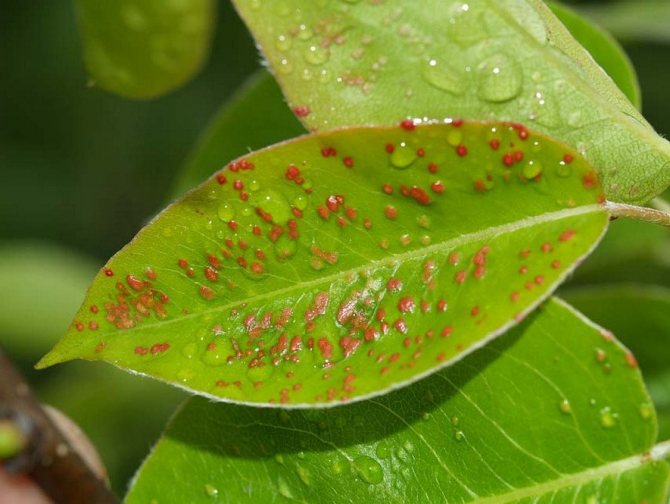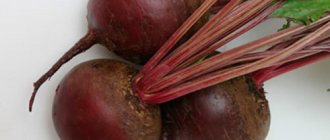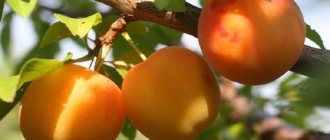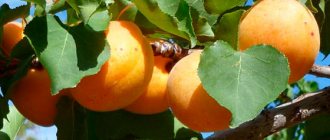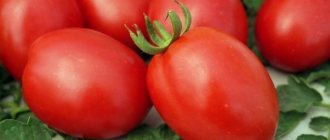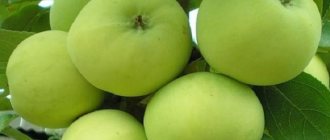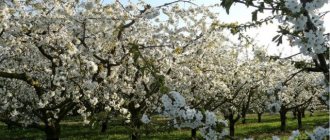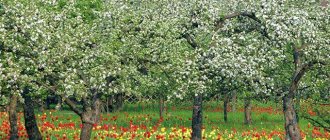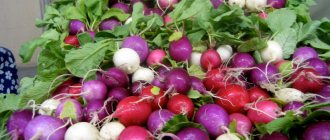When choosing a pear tree for his site, the gardener will certainly take an interest in the timing of the ripening of the crop. For example, autumn varieties are famous for their delicious fruits, which are used not only for food, but also for canning. These include a variety named Tatiana, which has good taste. It was created at JSC Rossoshanskaya Experimental Gardening Station. The registration date of the application for admission to cultivation is January 1989. The year of inclusion in the State Register of Breeding Achievements of the Russian Federation is 1999. The region of admission in which the pear shows the best results is the North Caucasian (Republic of Ingushetia, North Ossetia-Alania, Adygea, Crimea, Dagestan, Kabardino-Balkarian and Chechen, Stavropol and Krasnodar Territories, Rostov Region).

Characteristics of a pear Tatiana
The pear variety Tatiana has a number of positive characteristics:
- The fruits ripen in early autumn. From the first year of fruiting, the volume of the harvest is pleasantly surprising, but the plants do not belong to early-fruiting: they begin to bear fruit at 5-6 years of age.
- The pear has a wonderful dessert taste. It is used for preparations for the winter, added to baked goods, prepared desserts, marmalade and stewed fruit. In raw form, the fruits are not stored for long, often fall off, therefore the harvest is harvested 10-12 days before full ripening.
- Tatiana pears calmly tolerate temperatures down to -30 ° C and survive the winter well, have a high transportability and a good presentation.
Description of the plant
The trees are tall but compact. The crown is thin, since the shoots are poorly formed. As they grow older, the shape of the plant from a narrow pyramidal shape is transformed into a more rounded one.
The bark has a rich dark gray color, young shoots are brown, with a slight shade of purple. The leaves are large enough, with wavy edges, have a rounded, slightly elongated shape. The surface is smooth and glossy.
Trees bloom late enough. The flowers are white-pink, forming an umbrella-shaped inflorescence.
The Tatiana pear variety is self-fertile. The best pollinating varieties for him are autumn pears Yakovleva, Bere Moskovskaya.
Description of fruits
The fruits are both medium and large enough. Their weight ranges between 150-250 g. Outwardly, they are attractive: the correct pear-shaped shape, rich color, beautiful glossy surface.
The skin is a deep golden yellow color with an indistinct blush. The subcutaneous points are clearly visible. The pulp is creamy white, juicy, but tender, there is a characteristic pleasant aroma.
Sapling selection
A full description of the Akademicheskaya pear variety emphasizes its high resistance to diseases and good survival in almost any conditions. But for this you need to buy a quality seedling. Pay attention to the condition of its bark, it should be even and smooth, without mechanical damage and rot. The root system is a separate topic. The roots should be well developed, not overdried, covered with an earthen lump. On the garden plot, planting pits should be prepared, in which organic and mineral fertilizers are applied. If the soil is highly acidic, then lime may be required.
Planting pears Tatiana
The most important step is choosing a good seedling. There should be no traces of disease or damage on it. The best time for planting this variety is the beginning of spring.
Seat selection
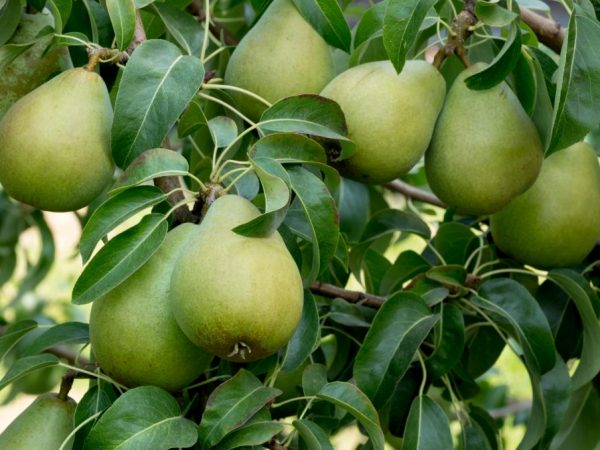

Pear loves sunshine
The ideal planting site is considered to be a place with good sun exposure and protected from drafts. It should be borne in mind that groundwater on it should be as low as possible. It is believed that for better plant growth, the selected area must be enriched in advance with organic matter with the addition of superphosphate.
Pit preparation
The diameter of the planting pit is 70-80 cm, and the depth is at least 90-100 cm. It is prepared in advance, best of all, in the fall. If the site has not been fertilized, 2 buckets of humus are introduced into the pit, mixed with a bucket of sand and soil with the addition of mineral fertilizers.
Planting
The seedling is lowered into the planting hole very carefully so as not to damage the root system. The roots are straightened, after which the tree is covered with soil, making sure that the root collar remains several centimeters above ground level.
After planting, the soil is well compacted, the plant is watered abundantly.
Young trees need regular abundant watering. An adult hybrid is watered 3-4 times during the growing season. Watering is carried out in previously prepared circular holes or by sprinkling.
Top dressing
Top dressing is applied three times per season. This includes both mineral fertilizers and organic fertilization. In spring, plants are also fed with nitrogen, potassium is added before flowering, and phosphorus in autumn. Do not overdo it with organic fertilizers, since they can provoke excessive growth of shoots, and oversaturation with mineral fertilizers threatens to poison the tree.
Weeding
Often they carry out weeding and loosen the ground. Trunk circle mulching is also an important care step. First of all, it protects the root system from freezing during the cold season. Young trees are additionally covered to protect them from severe frosts.
Pruning
Trees are pruned in early spring. All dead and diseased branches, as well as those that will interfere with good fruiting, are removed
Talitsa (Skorospelka Sverdlovskaya)
Autumn variety of selection of the Rossoshansk zonal experimental station of gardening. Received by A. M. Ulyanishcheva from crossing the varieties Lyubimitsa Klappa and Bere Zimnyaya Michurina. Since 1999 it has been included in the State Register for the North Caucasus region. It is poorly distributed, mainly in the south of the Voronezh region and in the north of Rostov. Trees are vigorous, narrow-pyramidal at a young age, wide-pyramidal or spherical in fruiting. Crohn is quite rare due to its weak shoot-producing ability. The color of the bark of the trunk is dark gray, the skeletal branches are grayish-brown. Arrangement of skeletal branches at acute angles, generally oblique-vertical. The type of fruiting is mainly ringed, additionally - on the twigs and ends of annual growths.
Escapes
violet-brown, straight, thick, not pubescent, medium-sized lentils, hardly noticeable. Buds protruding, triangular, brown. The leaves are large or medium, ovate, with a rounded base and a short, slightly coiled apex, with a small crenate serration, a wavy edge. The plate is weakly folded upward and curved downward along the central vein. The surface of the plate is smooth, shiny, no pubescence. The petiole is of medium length and thickness. The inflorescence is an umbrella, the number of flowers is large (9). The buds are white-pink, the flowers are white, cupped, medium double, medium size (3.5-4.0 cm). The petals have a solid edge or slight dissection. The stigma of the pistils is at the level of the anthers. Pedicel is of medium length. Flowering is observed somewhat later than the rest of the pear varieties available in the zone.
Fruit
above-average and large, weighing 154-230 g, pear-shaped, symmetrical, leveled, with a smooth surface.In consumer maturity, the main color is golden-yellow, the integumentary color on most of the surface is intense blurry brownish-red. Subcutaneous points are small, densely located. The peduncle is short, thick, with an overgrown base, the calyx is open, the saucer is wide, of medium depth, grooved. The pulp is creamy white, sweet, very tender and juicy. The appearance of the fruit is estimated at 4.5 points, the quality of the compotes is 4.6 points. The chemical composition of fruits: solids content 17.8%, sugars - 10.5%, titratable acids - 0.29%, ascorbic acid - 13.4 mg / 100g. In the south of the Voronezh region, the variety belongs to the mid-ripening group, removable maturity usually occurs in the first half of September, the period of their consumption lasts until November-December, for 80-90 days. Transportability of fresh fruits and their marketability are high. For economic use, the variety is universal.
Fruit
dessert taste, suitable for the preparation of high quality compotes. It starts bearing fruit at the age of 7-8, starting from the year of growth in the nursery. The average yield in the first period of fruiting is 144, then 154 c / ha. Fruiting is regular, there is no premature shedding. Winter hardiness of the tree is good. In the winter of 1986-1987, a decrease in temperature in January to -34єC caused only a slight freezing of tissues up to 1.0 points. Highly resistant to scab. Powdery mildew is weakly affected.
Advantages of the variety:
high winter hardiness in the south of the Central Black Earth zone, good yield, exceptional resistance to scab, high commercial and consumer qualities of fruits, versatility of their use.
Disadvantages of the variety:
narrow pyramidal crown shape and large tree size.


Regions in which this variety Pear, Tatiana, reveals to the maximum all its fruitful abilities


A pear is a garden decoration, a wonderful plant with an amazing beauty of flowering and a rich harvest of very tasty fruits, but many gardeners are in no hurry to plant a pear in their garden, considering it too capricious to grow, but often the fact is that, when planting a plant on their site, the gardener does not take into account the preferences of the species and the characteristics of the variety.
Science does not stand still, and breeding stations, which are actively working in all regions of our country, are developing new zoned varieties that satisfy a variety of needs.
Among them is Tatyana's pear, description, characteristics, photos of fruits and gardeners' reviews on this variety - later in the article.
Pear Honey - not only honey-sweet, but also very large!
Their fruits, ripening in late autumn, are greenish-brown, sweet, lumpy.
Planting columnar pears
It is best to plant annual pillar pear seedlings that tolerate transplanting better. The optimal time for planting is mid-October in autumn and April in spring. The tree planting pattern can be dense. The most optimal distance between the holes is 40-50 cm. It is better to dig the planting holes in advance - 2 weeks in advance. The depth of the pit should be about 80 cm, and the diameter should be 60 cm. Pour a bucket of humus or compost and a bucket of sand at the bottom of each pit. Before planting, a bucket of water is poured into the bottom of the pit and only then a seedling is placed in it. Its roots must be carefully straightened. Then the excavated earth is covered up in two steps, trampling each time. At the end, the ground around the trunk is watered.
Column pear care
For a columnar pear, it is important not to dry out. It is better to water the trees every three to four days.In case the weather is very hot, water the ground every two days. Use mulch to retain moisture in the soil - cover the ground around the trunk with straw, peat, sawdust.
In the first year, a columnar pear tree will not give you a full harvest. But she will probably have inflorescences. It is better to remove them so that the forces of the seedlings are not wasted, but contribute to better rooting. After a year, the flowers can not be removed, and then several fruits will appear on the tree. Their number will increase every year. By the way, fruiting in columnar pears lasts about 15-17 years.
Feed your pears periodically with fertilizers - in the spring and mid-July. Use chicken manure, humus, saltpeter, or urea. We recommend spraying trees with solutions from pests and diseases from time to time.
For the winter, the lower part of the columnar pear tree should be protected from frost.
← Site home page ← Section home page
What kind of pear does it belong to?


Tatiana pears ripen early autumn, somewhere by mid-September.
Switched on to the State Register for the North Caucasian region... Fast growing tree with a rounded crown.
Fruiting is regular, disease resistance is high. The variety is high-yielding.
Excellent productivity is also demonstrated by the varieties: Gera, Lada, Detskaya, Dekabrinka and Vernaya.
Pear Tatiana is currently popular in the south of the Voronezh and north of the Rostov regions, but thanks to the wonderful dessert taste, high, stable yield, and, which is very important, excellent frost tolerance up to 32 degrees, scab resistance.
The pear variety Tatiana will become widely known and will find its admirers among gardeners, significantly expanding its growing area.
Tavricheskaya
Feedback. My Tavrichesky pear is growing, because its advantages are undeniable: it is resistant to disease, resistant to frost, resistant to drought (and it happens to us that we cannot come to water the dacha on weekends, therefore it is relevant), the yield is regular and high. Well, pears are tasty and large. They are stored for a long time (we had them until the New Year, they did not lie longer, because they ate). Description Tavricheskaya pear is an autumn variety that ripens in September (plus-a week, depending on the weather). It is characterized by resistance to frost and drought, practically not affected by scab and thermal burn of leaves. Growth vigor is average, the shape of the crown is pyramidal with medium thickening. Fruiting on ringlets, annual twigs and shoots. The yield is high, stable and regular. Quickly. On quince rootstock bears fruit for 3-4 years. Tavricheskaya pear fruits 240 - 600 grams. The color of the fruit is bright yellow, there is a slight pink blush. The taste is excellent, 4.5-5 points, sweet and sour with a light spicy aroma. Pears ripen in the last decade of September and are stored until the middle of winter in a refrigerator or basement, in gas storages until the end of spring. Wide ecological adaptability. Partially self-fertile. The fruits are firmly held on the tree. When the crop is overloaded, the fruits become smaller. Good transportability. Among the autumn varieties, one of the fastest and most fruitful varieties with a dessert taste. We also have some kind of ... remontant or something ... - new flowers appeared on the tree all summer. Throughout June and July, she removed new flowers (because we have a young tree, we are still normalizing the harvest, otherwise she just sets a sea of fruits, we fear that it is too early for her).
Description of the variety Tatiana
Fruits are large, up to 250 grams, pear-shaped, yellow with a crimson blurry blush. The taste is simply amazing tender, creamy pulp, juicy and sweet. Tasting score 4.5 points.
The plant has great growth force is a slender pyramidal treeacquiring with age large rounded shape. Tatiana pear varieties bloom a little later than most other varieties, the inflorescences are large, pinkish, and the flowers themselves are white, collected in a brush of 9 flowers. The sheet is large, glossy.
As mentioned above, Tatiana is an autumn variety. They also include Perun, Larinskaya, Tikhy Don, Uralochka and Bere Bosk.
User reviews
This year we have the first fruiting of Tavricheskaya. The fruits are large, very fruitful (it was necessary to ration well), after a still strong wind normalized, then the moth - this year some kind of invasion. By the way, to Delbaray - her competitor suffered significantly less from the moth, and it also keeps on the tree better from the wind. About the taste: the pulp is oily, juicy, with a slight sourness. If you compare it to Bere Bosk in taste, then it does not surpass her, but this is subjective by default. Besides, these are only signals. The tree does not get sick, has not been processed at all, winters perfectly. We close only the stem from hares. I won't say anything about keeping quality - everything was eaten.
Vlad
Characteristics
Fruitful variety, with stable fruiting, yields first fruits 6 or 7 years after planting... The variety there is no premature shedding of fruits, which is a huge varietal advantage, the plant tolerates winter low temperatures well, resistant to https://selo.guru/ptitsa/bolezni-p/gribkovye/parsha.html and powdery mildew.
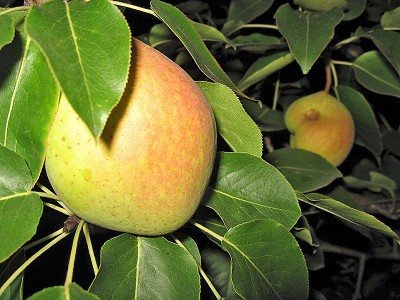

Pear variety Tatyana blooms a little later than other varieties, but it doesn't matter, pear is a plant self-fertile and bears fruit well when planted alone.
But in the event that pears grow nearby with the same flowering period and cross-pollination occurs, the yield increases significantly.
But with Tatiana, you can plant one or two more plants of the same variety together, the yield will increase - with pollination no matter the variety, what matters is that the pollen is from another pear tree.
Diseases
Diseases arise from improper care or from bad weather. The Taurida variety is scab resistant, does not suffer from sunburn.
Powdery mildew appears in case of untimely spraying. It manifests itself as a whitish bloom and is a fungal disease. If the affected areas are not treated, it will take over the entire tree.
Stem rot occurs after severe burns or poor nutrition. For prevention, timely fertilization is carried out.
Pest control
Pear pests include:
- pear honeydew;
- pear moth;
- gall midge;
- pest bug;
- tick.
To avoid the consequences and maintain productivity, when pests appear, they are treated with colloidal sulfur or insecticides.
Prevention
It is easier to prevent diseases than to deal with them and their consequences. For this, spring and autumn pruning, pre-winter preparation and preventive spraying are carried out.
All affected areas are removed and burned. Prevent infection from entering compost pits.
Planting and leaving
You can plant a pear in spring and autumn, but most gardeners give away preference for spring, since during the growing season the seedling manages to settle down, prepare for the coming winter.
In order for our variety to show all its capabilities to the fullest, very it is important to choose the most suitable place for planting it.
Variety Tatyana is a vigorous tree and for its full development it is necessary well lit, free space without close proximity with other plants and buildings. Believe me, a pear is worthy of a royal position in your garden.
In the event that you decide to plant several pear trees, you can arrange them in a row with an interval of 3-4 meters.
Planting pits for pears should be not smaller than 1 meter, but in diameter - 80 by 80 centimeters. The upper fertile layer is deposited separately from the less fertile one, when digging a planting hole, a roller must be made from less fertile soil along the edge of the trunk circle so that water does not spread during irrigation.
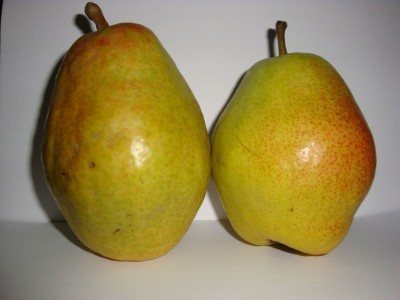

The soil follows enrich with a large bucket of humus, two handfuls of superphosphate, a handful of potassium salts and a shovel of wood ash per seedling.
Pear grows well on slightly acidic soils and does not need liming of the soil. In the middle of the planting pit, a mound is built, and the roots are evenly distributed along its shoots.
The mound must be well compacted, and when the roots are covered with soil, they produce it permanent sealing to avoid voids, because of which root decay occurs and the plant may die.
A peg is driven in next to the seedling, our plant is freely tied to it. The seedling is watered abundantly, and the soil is mulched.
When planting annual plants, the top should be shorten to a meter, and kidneys located below 50 centimeters - remove, biennial seedlings have sufficiently developed shoots, and the pear tends to self-form the crown, pruning is for sanitary purposes only.
In the event that freezing occurs and the pear has grown tops, some of them are left to replace the affected shoots, but they will bear fruit only if they are placed horizontally, tied to the pegs.
Watering and weeding in the first year of life are carried out regularly as needed, no feeding is needed - organic matter is introduced every three years, enough minerals were introduced into the soil during planting for several years.
The lack of nutrients is easily determined when the growth of young shoots is slowed down, if their growth is normal - no additional feeding.
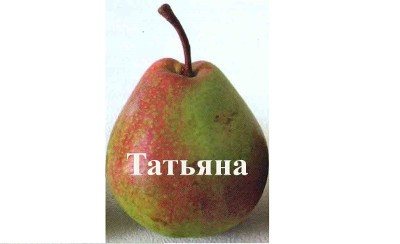

An excess of organic matter leads to excessive growth of shoots, which, as a rule, do not have time to ripen by winter, and an excess of mineral fertilizers leads to poisoning of the plant organism.
Everything needs a measure, or rather, a scientifically grounded calculation.
Before the start of fruiting, the near-stem circle must be dug up, then tinned and regularly mowed the grass.
Optimal growing conditions
Before planting the Tavricheskaya variety, you need to choose a suitable place for the tree. The pear does not tolerate transplantation, therefore, a permanent site is immediately prepared where the plant will feel good in winter and summer.
The lightest area is allocated for planting, well protected from cold winds and drafts. Tavricheskaya pear does not tolerate close proximity to groundwater, therefore it is planted in an elevated place.
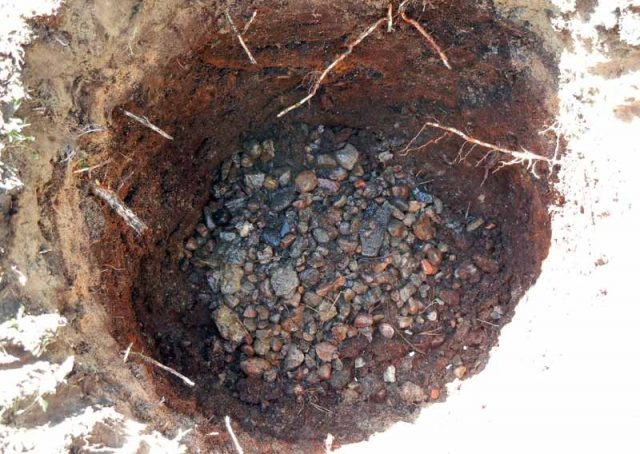

A warning! The pit must be drained.
Apple trees will be good neighbors for pears. But next to the mountain ash, it will not grow. Trees have the same diseases and pests that quickly move from one plant to another.
For planting, nutritious soil is preferable; on acidic or swampy soil, the tree will quickly die. A place for a pear is dug up in advance, the necessary fertilizers are applied and a pit is prepared.
Frost resistance
Trees of this variety are characterized by good winter hardiness - its level is about. This indicates that the pear can grow in regions with a harsh climate.
To increase winter hardiness, the soil around the trunk of a pear tree must be mulched, and also wrapped with a bole with a special material that allows air and moisture to pass through. Humus is usually used as mulch. It is laid in a layer of 5 cm.
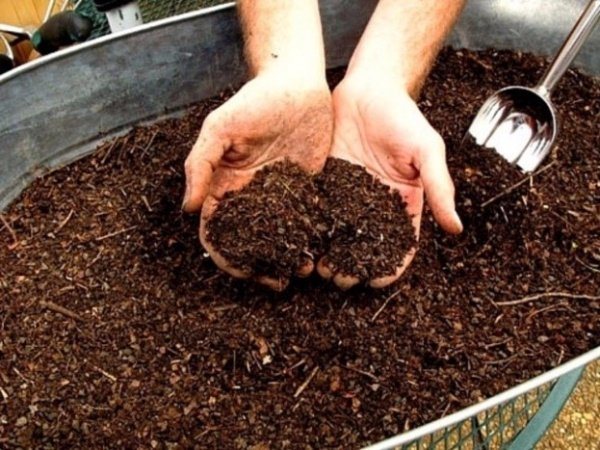

Did you know? In China, the pear has been cultivated since 1134 BC. e. For a long time, the Chinese considered it a symbol of immortality. Breaking it, or even just seeing a broken trunk, meant bad luck to them.
Season
Akademicheskaya pear saplings in central Russia, and even more so in northern Russia, are best planted in spring, so that they have more chances to take root and withstand severe cold weather. It is impossible to be late with this, because with the beginning of the period when the leaves are blooming, the survival rate of plants deteriorates and leads to a weakening of their growth. Therefore, it is necessary to have time before the kidneys swell.



